Emerging Markets
The Global Airborne Target Acquisition Systems Market Industry is expanding into emerging markets, where defense spending is on the rise. Countries in regions such as Asia-Pacific and the Middle East are investing in modernizing their military capabilities, which includes acquiring advanced airborne target acquisition systems. For instance, nations like Saudi Arabia and Indonesia are enhancing their defense infrastructure, leading to increased demand for sophisticated surveillance and targeting technologies. This trend is expected to contribute to the overall growth of the market, as these countries seek to bolster their defense readiness in response to regional security challenges.
Increased Defense Budgets
The Global Airborne Target Acquisition Systems Market Industry is significantly influenced by rising defense budgets across various nations. Countries are allocating more resources to modernize their military capabilities, which includes investing in advanced airborne systems. For instance, nations such as the United States and India have announced substantial increases in their defense spending, which directly impacts the procurement of airborne target acquisition systems. This trend is likely to continue as geopolitical tensions persist, driving demand for sophisticated surveillance and reconnaissance capabilities. The anticipated growth in defense budgets is expected to bolster the market, contributing to its expansion over the coming years.
Market Growth Projections
The Global Airborne Target Acquisition Systems Market Industry is projected to experience substantial growth over the next decade. With an estimated market value of 15.4 USD Billion in 2024, it is anticipated to reach 22.2 USD Billion by 2035. This growth trajectory indicates a compound annual growth rate of 3.39% from 2025 to 2035. The increasing focus on modernizing military capabilities, coupled with advancements in technology, is likely to drive this expansion. As nations prioritize defense spending and seek to enhance their airborne surveillance and targeting capabilities, the market is poised for significant development.
Technological Advancements
The Global Airborne Target Acquisition Systems Market Industry is experiencing rapid technological advancements, particularly in sensor technology and data processing capabilities. Innovations such as synthetic aperture radar and electro-optical systems enhance target detection and tracking accuracy. These advancements are crucial as military and defense sectors increasingly rely on precise targeting for operational success. The integration of artificial intelligence into these systems further improves decision-making processes, potentially leading to more effective mission outcomes. As a result, the market is projected to grow from 15.4 USD Billion in 2024 to 22.2 USD Billion by 2035, reflecting a compound annual growth rate of 3.39% from 2025 to 2035.
Growing Demand for Surveillance
The Global Airborne Target Acquisition Systems Market Industry is witnessing a growing demand for surveillance and reconnaissance capabilities. As security threats evolve, military and law enforcement agencies are increasingly adopting airborne systems to enhance situational awareness. The need for real-time intelligence gathering and monitoring of borders and critical infrastructure is paramount. For example, countries are deploying drones equipped with advanced target acquisition systems to conduct surveillance operations in conflict zones. This heightened focus on surveillance is likely to drive market growth, as agencies seek to leverage technology to address emerging threats effectively.
Collaborative Defense Initiatives
The Global Airborne Target Acquisition Systems Market Industry is benefiting from collaborative defense initiatives among allied nations. Joint military exercises and partnerships are fostering the sharing of technology and resources, which enhances the effectiveness of airborne systems. For example, NATO member countries often collaborate on defense projects, leading to the development of advanced target acquisition systems that meet the collective needs of member states. This collaboration not only improves interoperability but also drives innovation in system capabilities. As nations continue to work together to address common security challenges, the market is likely to see sustained growth driven by these collaborative efforts.


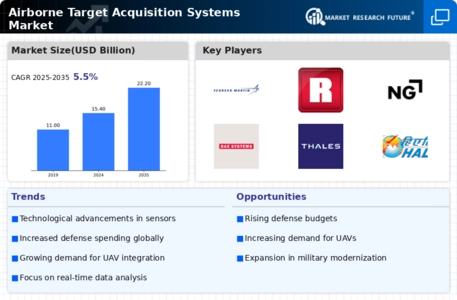
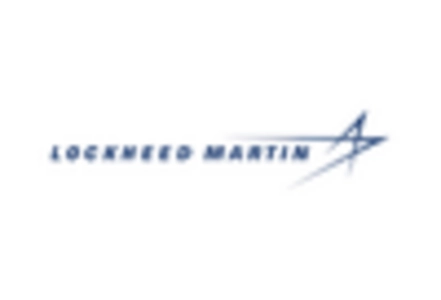


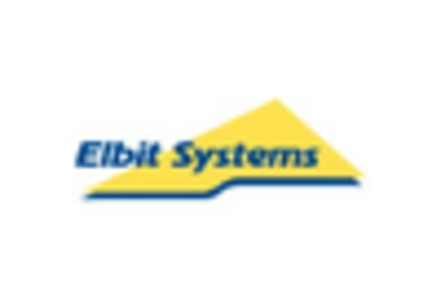
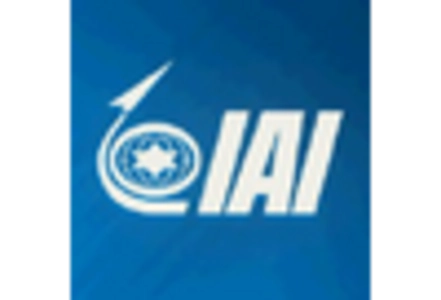
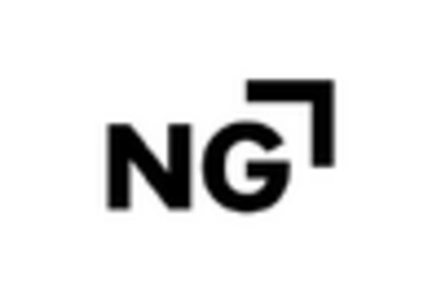
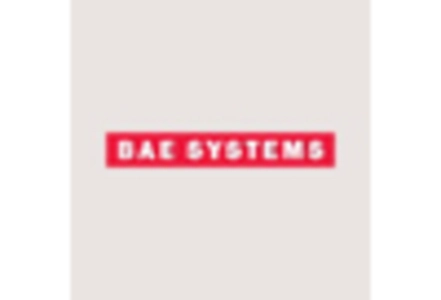
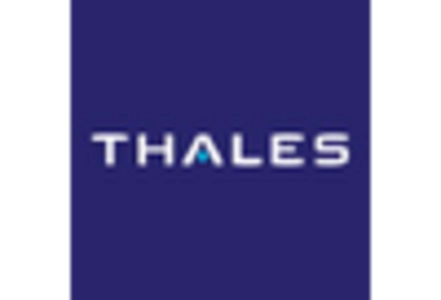










Leave a Comment